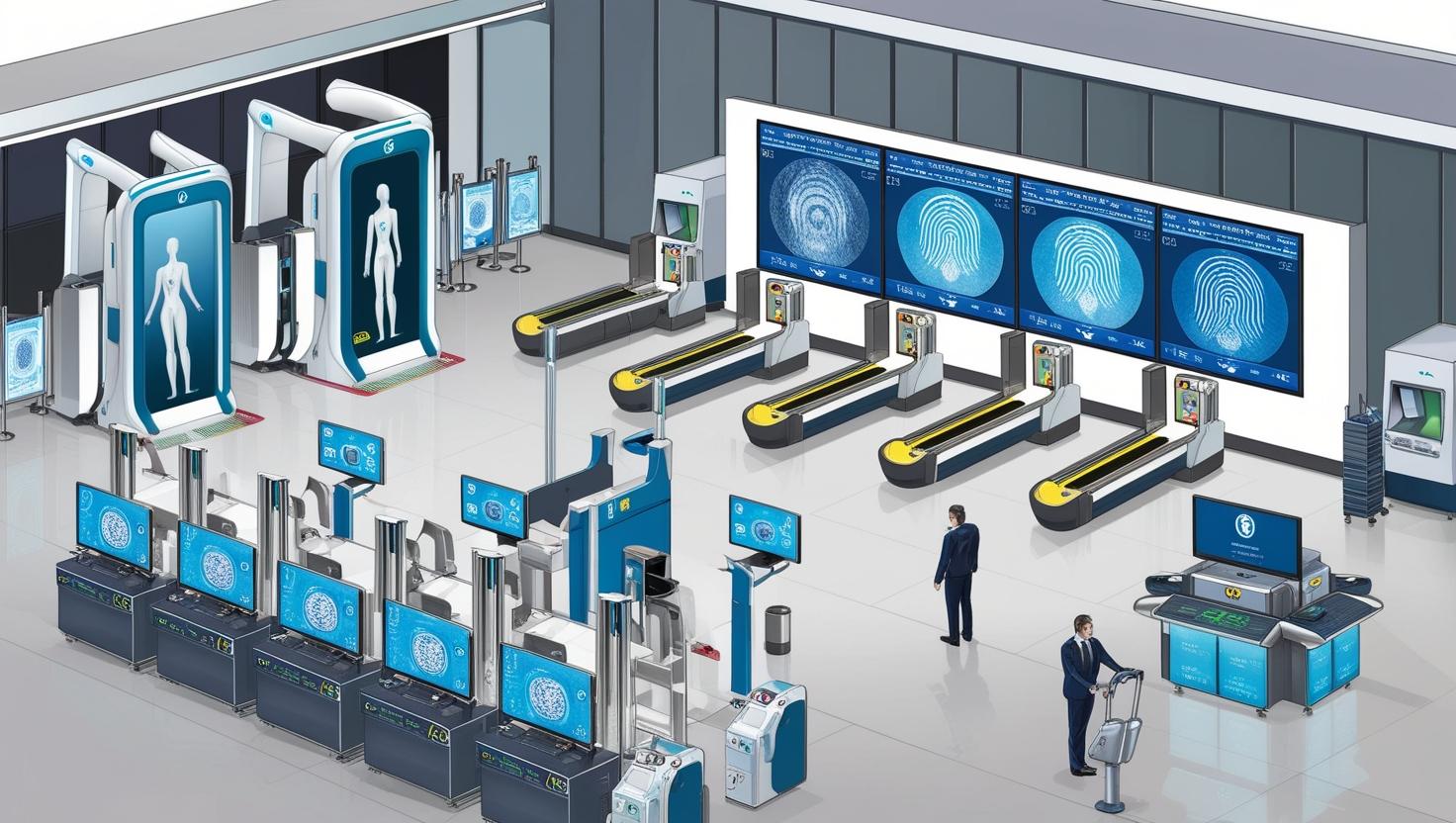In an era of increasing security threats, the Security Screening Market has become a critical component of public safety, travel security, and facility protection. From airports and border checkpoints to commercial buildings and critical infrastructure, advanced screening technologies are essential to detect potential threats, prevent unauthorized access, and ensure the safety of people and assets.
Key Technologies Driving the Market
The security screening market encompasses a wide range of technologies designed for threat detection and risk mitigation. X-ray scanners, metal detectors, and millimeter-wave body scanners provide rapid, non-intrusive inspection of baggage and individuals. Biometric systems, such as facial recognition and fingerprint scanners, are increasingly integrated for identity verification and access control. Emerging technologies like AI-based video analytics and explosive trace detection systems are also enhancing situational awareness and operational efficiency.
Applications Across Sectors
The market serves diverse sectors, each with specific security requirements. Airports and transportation hubs rely on advanced screening to ensure passenger safety while minimizing delays. Government buildings and critical infrastructure use integrated security solutions to safeguard sensitive operations. In commercial and retail spaces, screening systems help prevent theft, intrusion, and workplace violence. The expansion of event security for concerts, sports, and large gatherings is also contributing to market growth.
Download PDF Brochure @ https://www.marketsandmarkets.com/pdfdownloadNew.asp?id=264685413

Market Dynamics and Growth Drivers
Several factors are driving growth in the security screening market. Rising global security concerns, strict regulatory standards, and technological advancements in screening systems are boosting adoption across industries. The integration of AI, machine learning, and IoT in security devices enables real-time threat analysis, predictive risk assessment, and automated monitoring, making systems more efficient and reliable.
Challenges and Opportunities
Despite growth opportunities, the market faces challenges such as high implementation costs, privacy concerns, and the need for trained personnel to operate advanced systems. However, the increasing demand for smart security solutions, remote monitoring, and automated threat detection presents significant opportunities for innovation and market expansion.
Conclusion: The Future of Security Screening
The Security Screening Market is evolving rapidly, combining traditional screening methods with intelligent technologies to meet the demands of modern security environments. As threats become more sophisticated, the adoption of advanced, AI-driven, and integrated security solutions will be crucial to safeguarding public spaces, critical infrastructure, and private enterprises worldwide.
Security Screening Market FAQ
1. What is the Security Screening Market?
The Security Screening Market encompasses technologies and solutions used to detect potential threats, prevent unauthorized access, and enhance safety across public spaces, commercial buildings, airports, and critical infrastructure.
2. What are the key technologies in security screening?
Key technologies include X-ray scanners, metal detectors, millimeter-wave body scanners, biometric systems, AI-based video analytics, and explosive trace detection systems. These tools help detect weapons, contraband, and unauthorized individuals efficiently.
3. Which sectors use security screening solutions?
Security screening is widely adopted across airports, transportation hubs, government buildings, critical infrastructure, commercial establishments, retail spaces, and large events such as concerts and sports arenas.
